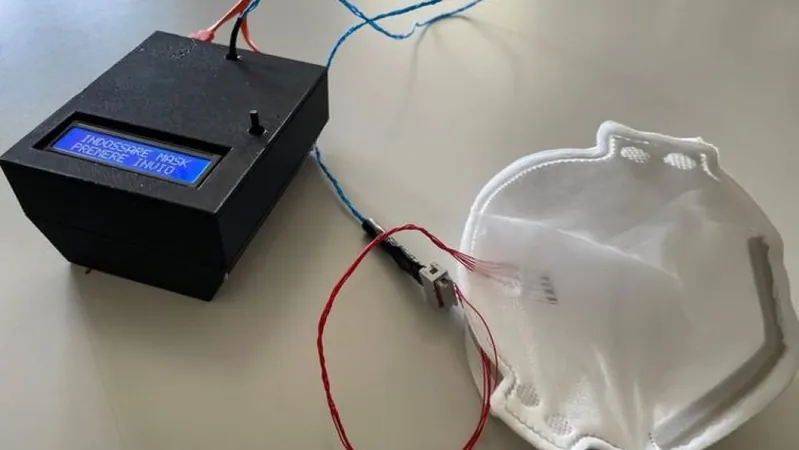
Breakthrough Study Unveils Link Between Dopamine Dysfunction and Epileptic Seizures in Focal Cortical Dysplasia
2025-04-17
Author: Li
A Deep Dive into Focal Cortical Dysplasia Type 2
Focal cortical dysplasia (FCD) type 2, a congenital brain malformation, poses major challenges in epilepsy treatment. Characterized by unusual arrangements of neurons in the cerebral cortex, patients with this condition often find traditional drug therapies ineffective.
Groundbreaking Research Uncovers Dopamine Disruption
In a groundbreaking study published in the journal Brain, a team of researchers from the University Hospital Bonn (UKB) and the University of Bonn, in partnership with the German Center for Neurodegenerative Diseases (DZNE), has revealed significant alterations in the brain's dopamine signaling pathways in those affected by FCD type 2.
Dopamine, a crucial neurotransmitter, plays a key role in regulating attention, learning, and the excitability of neuronal networks. Until now, the implications of FCD on the dopamine system were largely shrouded in mystery. This new research highlights notable changes in dopamine supply in the brain’s affected regions, alongside an increased expression of specific dopamine receptors.
The Role of Dopamine in Seizures and Mood
"Our findings indicate a disrupted dopaminergic system in FCD type 2," states Norisa Meli, a doctoral student leading the study. "What’s particularly alarming is the heightened presence of dopamine receptors in neurons critical to disease progression."
These alterations could be a contributing factor to the frequent epileptic seizures experienced by patients and may also clarify the common occurrence of concentration issues and mood swings among sufferers.
Implications for Future Treatments
Prof. Sandra Blaess, who specializes in neurodevelopment at UKB, emphasizes the significance of dopamine’s role in modulating neuronal excitability and network formation. "Our research reveals that this modulation may be impaired in FCD type 2—a largely unexplored area until now."
Adding to the discussion, Prof. Albert Becker, head at the Institute for Cellular Neuroscience II, notes, "This research deepens our understanding of the intricate neuropathology of dysplasias, paving the way for innovative treatment strategies beyond mere seizure control."
Towards Targeted Therapies
The study strategically blends comprehensive molecular analyses of human tissue with a preclinical mouse model reflecting the genetic mutations associated with FCD type 2. The researchers are optimistic that these groundbreaking findings will ultimately lead to more precise and effective treatment options for patients.



 Brasil (PT)
Brasil (PT)
 Canada (EN)
Canada (EN)
 Chile (ES)
Chile (ES)
 Česko (CS)
Česko (CS)
 대한민국 (KO)
대한민국 (KO)
 España (ES)
España (ES)
 France (FR)
France (FR)
 Hong Kong (EN)
Hong Kong (EN)
 Italia (IT)
Italia (IT)
 日本 (JA)
日本 (JA)
 Magyarország (HU)
Magyarország (HU)
 Norge (NO)
Norge (NO)
 Polska (PL)
Polska (PL)
 Schweiz (DE)
Schweiz (DE)
 Singapore (EN)
Singapore (EN)
 Sverige (SV)
Sverige (SV)
 Suomi (FI)
Suomi (FI)
 Türkiye (TR)
Türkiye (TR)
 الإمارات العربية المتحدة (AR)
الإمارات العربية المتحدة (AR)